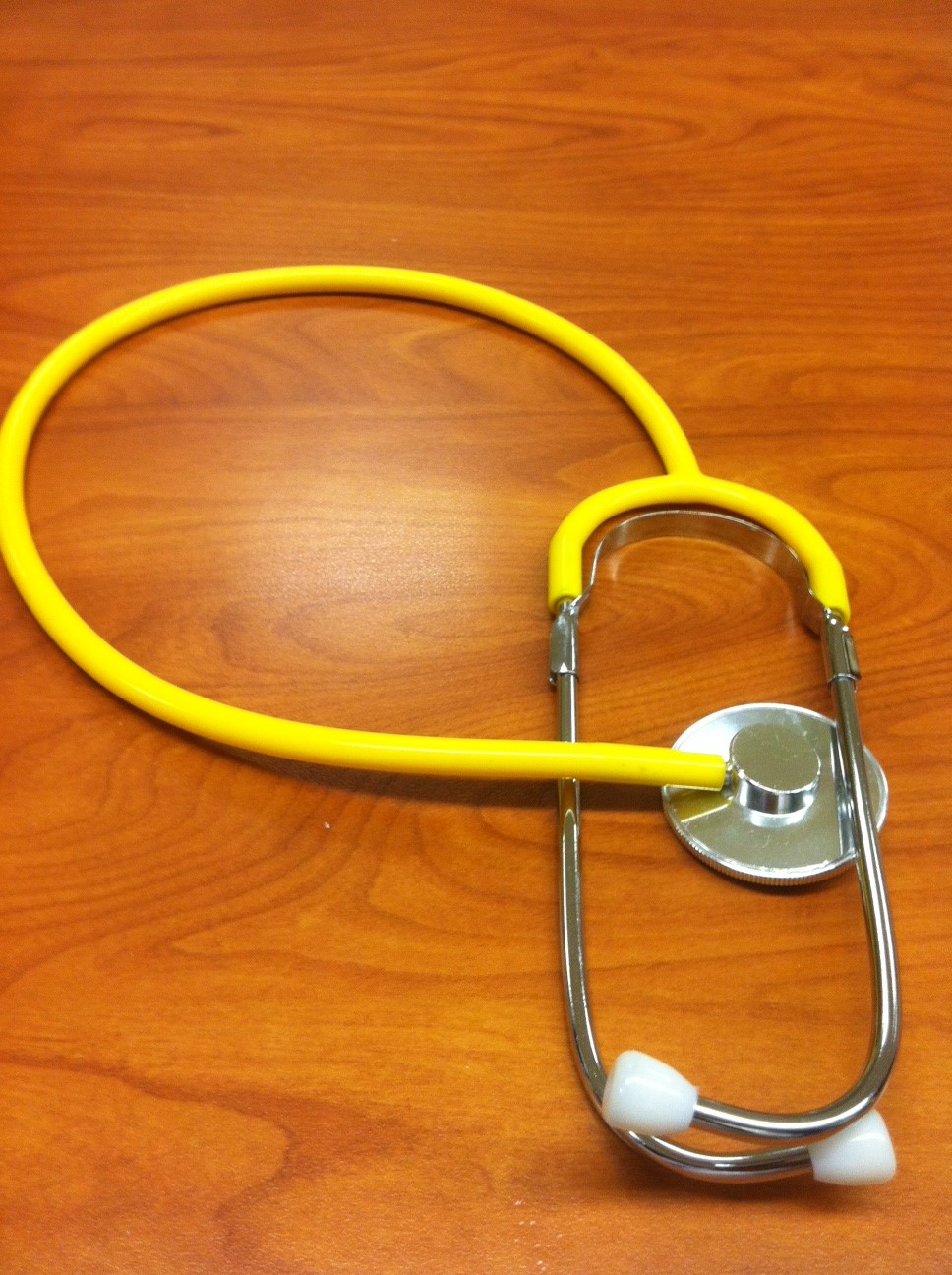It was with much fan-fare that 2 American aid workers were airlifted from across the world and brought to Emory University Medical Center where they began experimental treatment for Ebola. We hope for a full and speedy recovery for them and others like them who do God’s work.
But it appears to me that lost in this conversation are myriad others who need help but never get it. Right now, humanitarian work is being done all over the world, and in very dangerous places. These people knowingly put their life on the line for others. Yet tragically, some of them are injured or sickened in the service of others. But for them, the call from the CDC offering to med-evac them out never came. There was a girl, who died of malaria while in Kenya. Or the young man who was serving in Egypt. Or a myriad other aid workers who die while serving their fellow human beings.
Also at issue, and it needs to be asked, at what cost are we saving lives? Who decides who gets what may have been, all told, a hundred thousand dollar medical evacuation? Susan Grant, the Chief Nurse for Emory Healthcare, in an article for The Washington Post rightly downplayed the infection risk posed by bringing these patients here. She went on to say:
“The purpose of any hospital is to care for the ill and advance knowledge about human health. . . As human beings, we all hope that if we were in need of superior health care, our country and its top doctors would help us get better”
This statement brings to mind others that need saving. They don’t work in far away lands, they live here in the U.S, right across town, in fact. They don’t have fancy, exotic diseases. Their conditions have names like diabetes, heart disease, hypertension, and lung cancer. Right now many of them are getting collection notices for their inability to pay from medical centers like Emory University. Others have been trying to get appointments at tertiary centers like Emory. Only they’re told that their insurance is not accepted there, or their co-pays and deductibles will be more than they can afford.
How would Ms. Grant justify the incredible expense spent on this endeavor to those people? What would she say about the necessity of this experiment, a clinical trial with an N = 2? Could she really tell those sweating in the Atlanta heat after their electricity got shut off that this was all really for their benefit?
I don’t know how to solve the ethical dilemma here. While I am hope for a cure on the one hand, I cringe at the highlight this places on those at the bottom end of America’s healthcare disparity gap. Perhaps someday in the distant future they can take solace in knowing that they didn’t suffer for naught. Because if they ever contract ebola, there will be a cure waiting for them.

